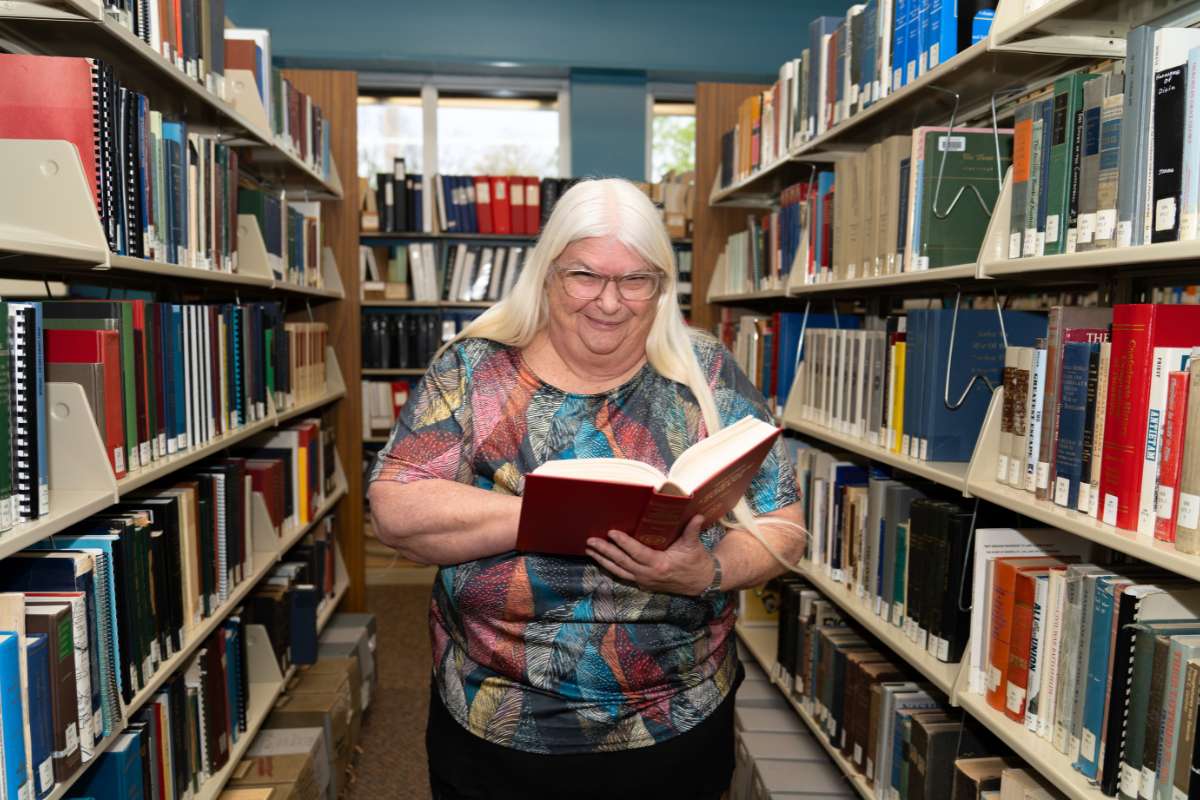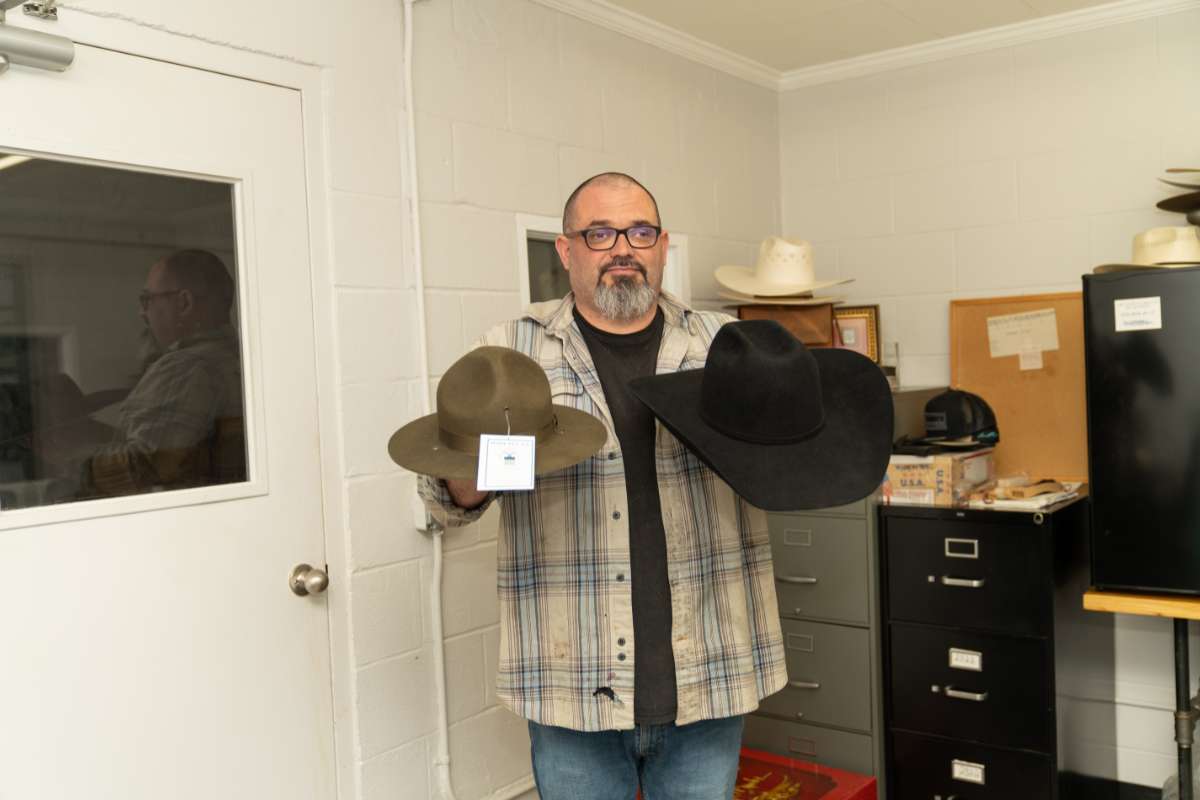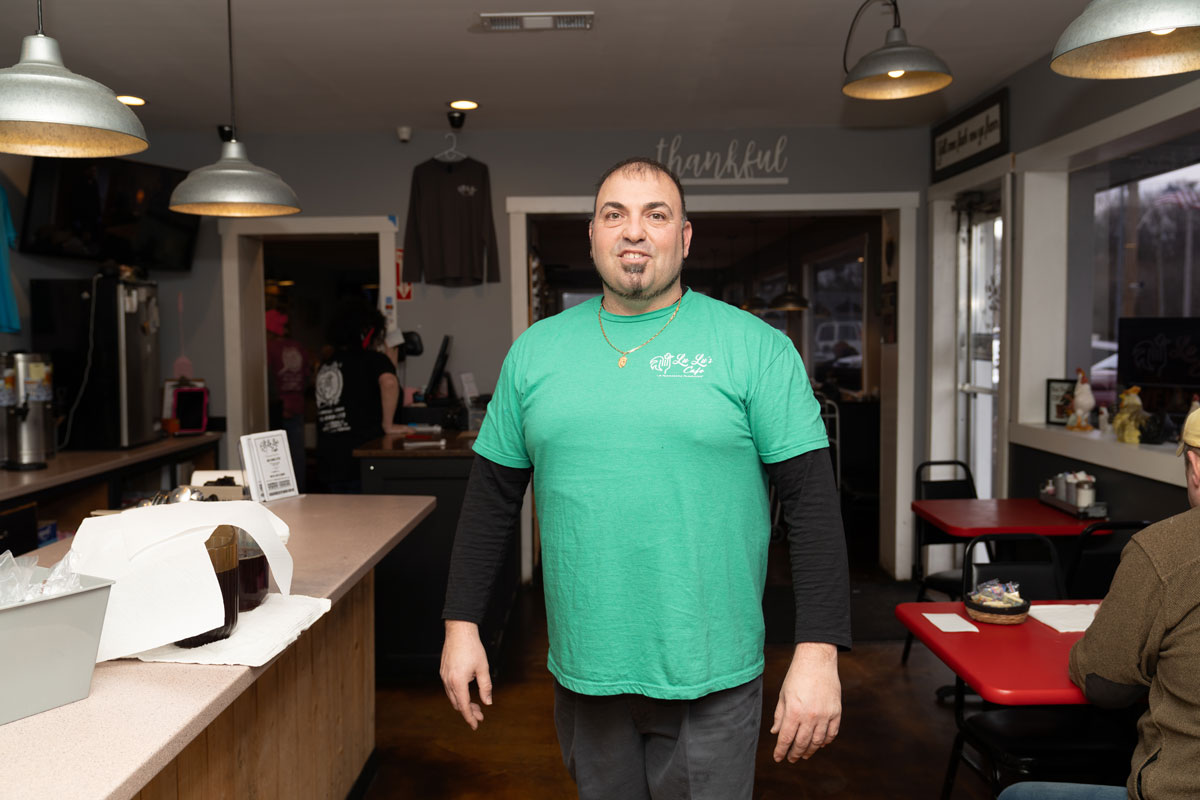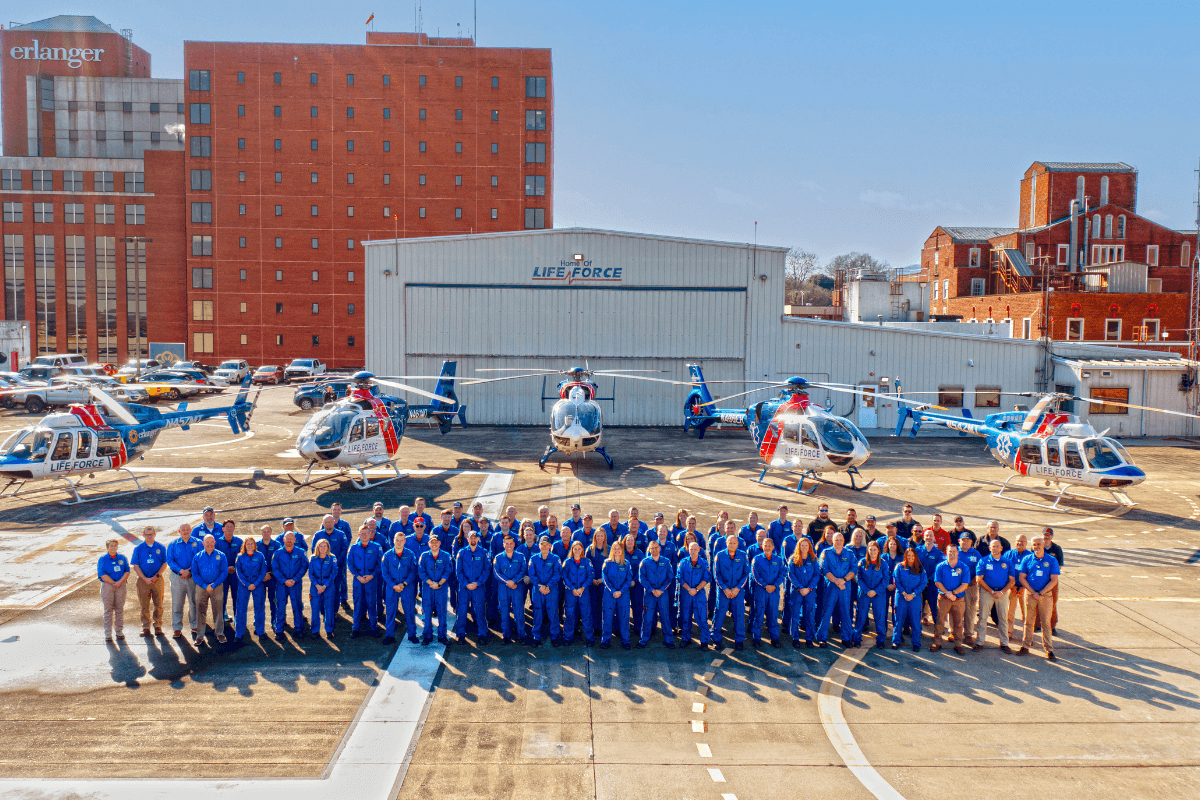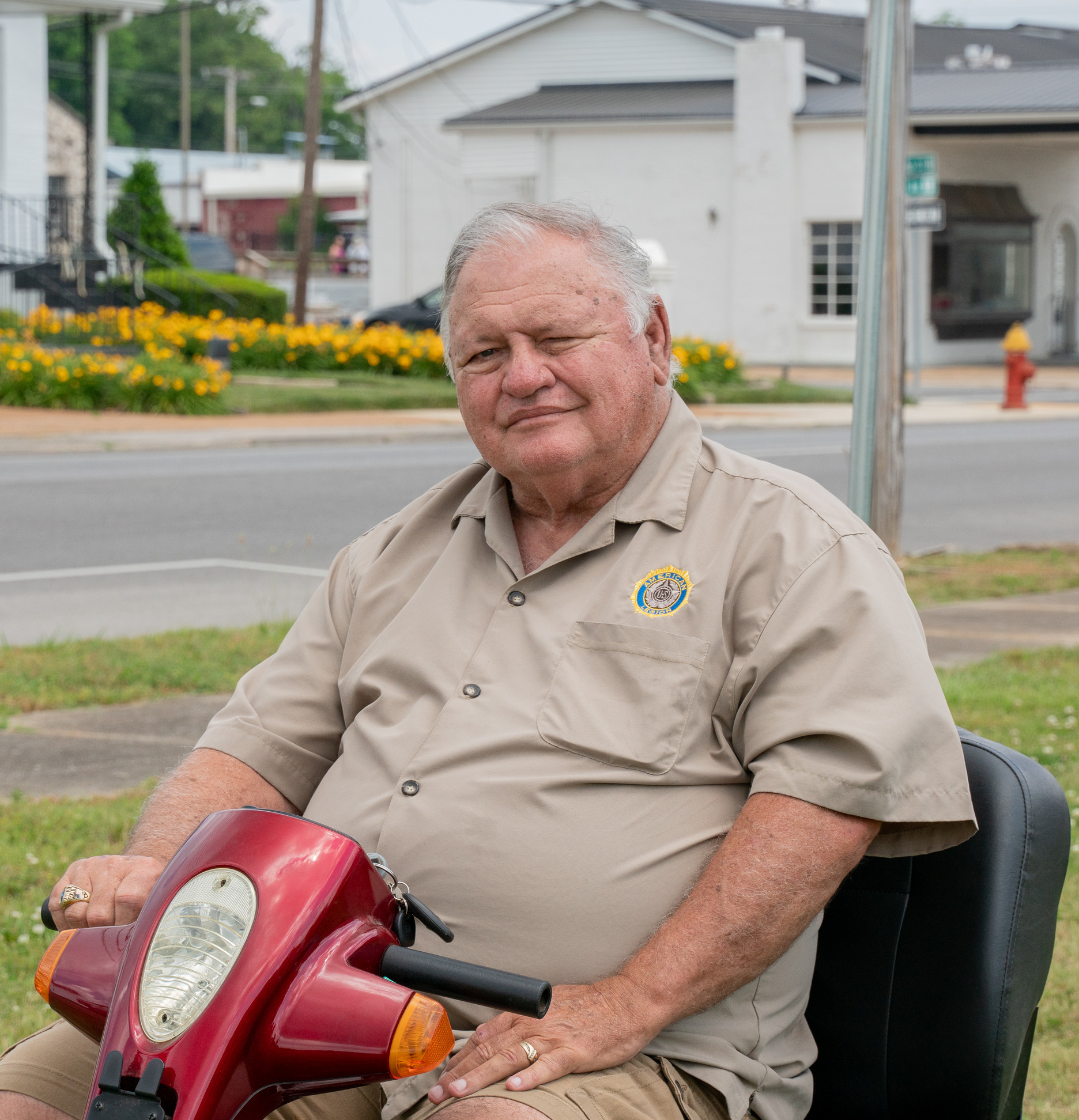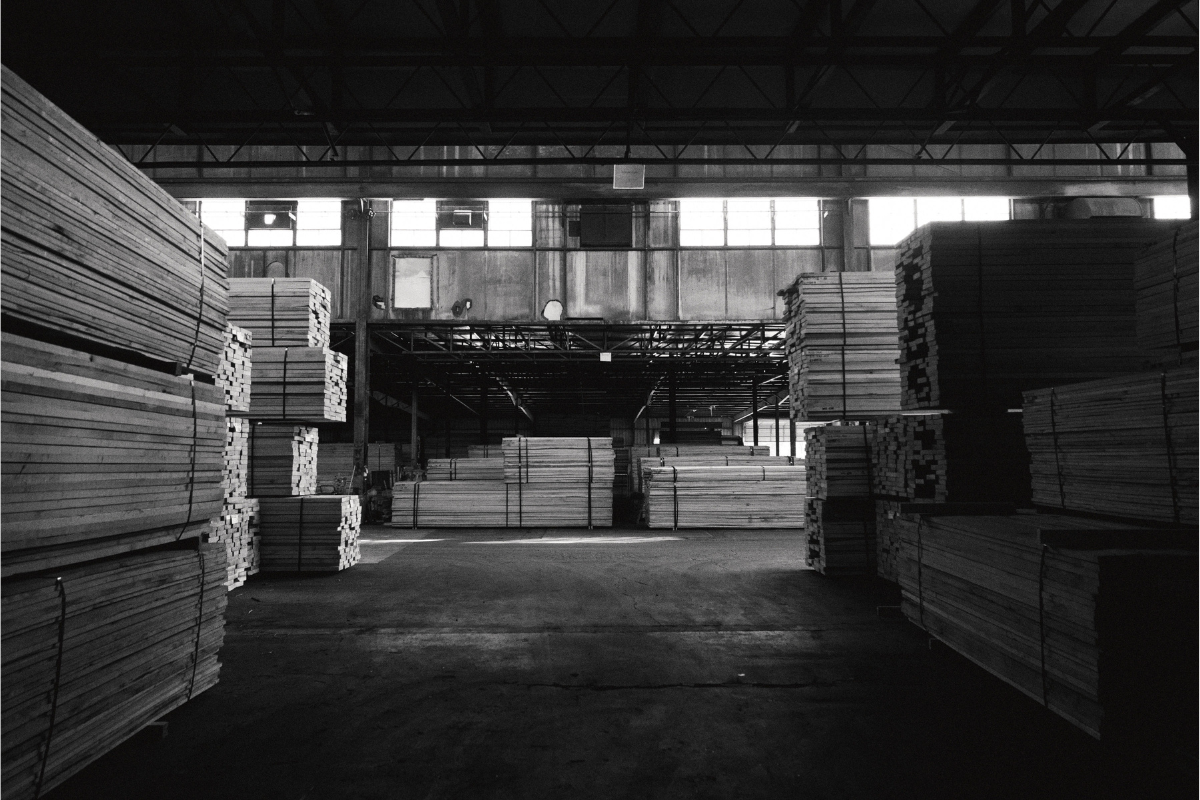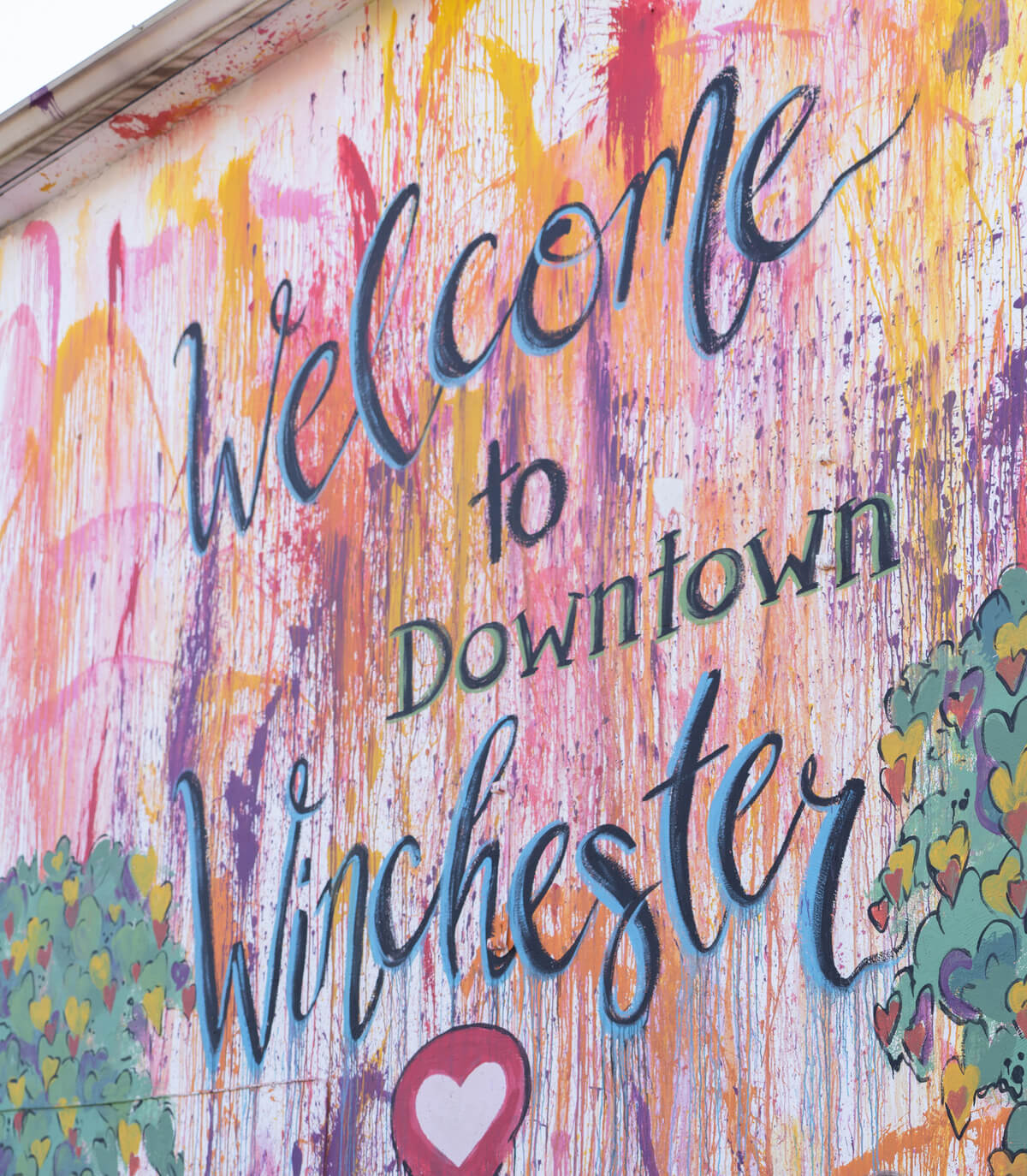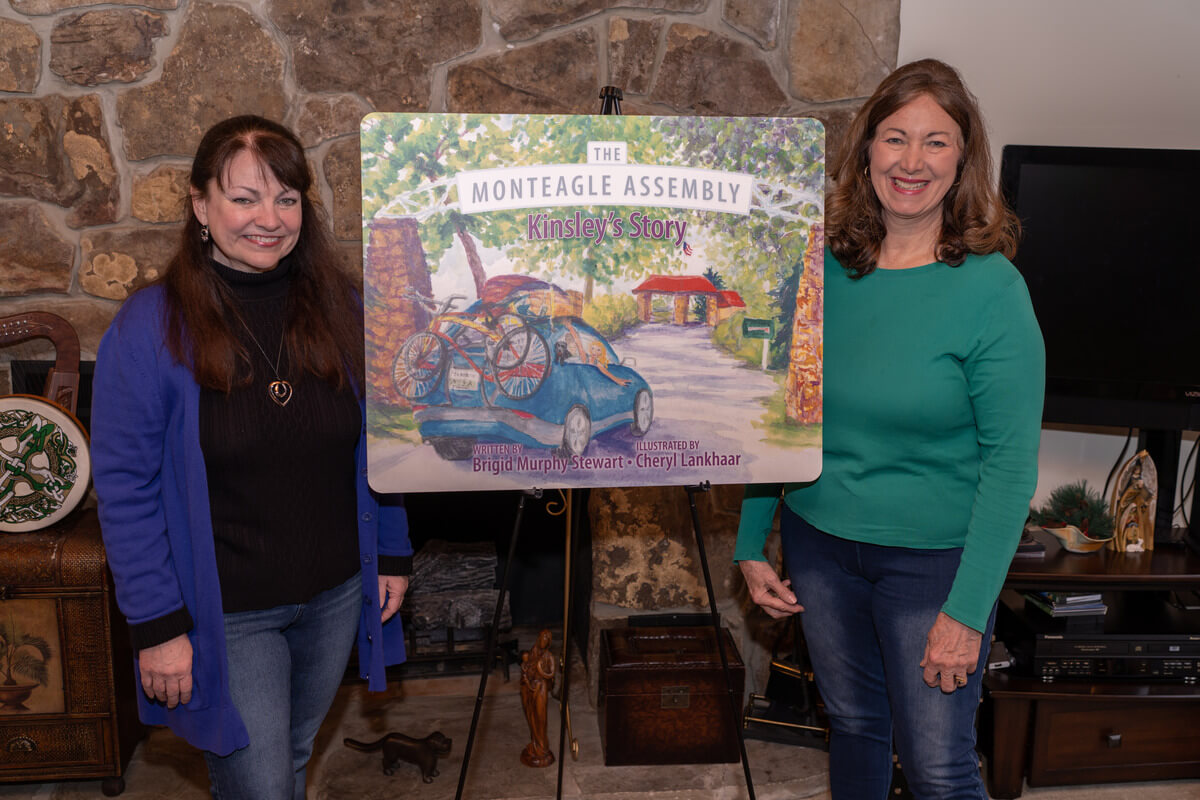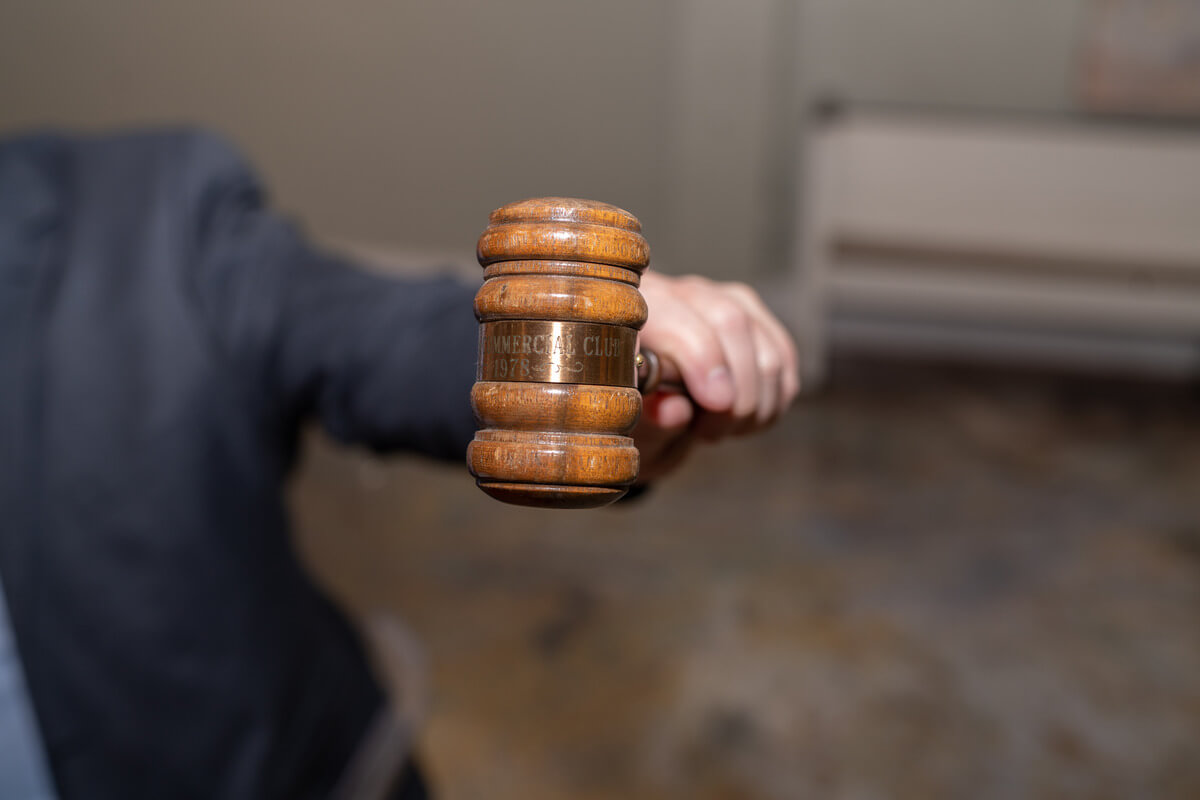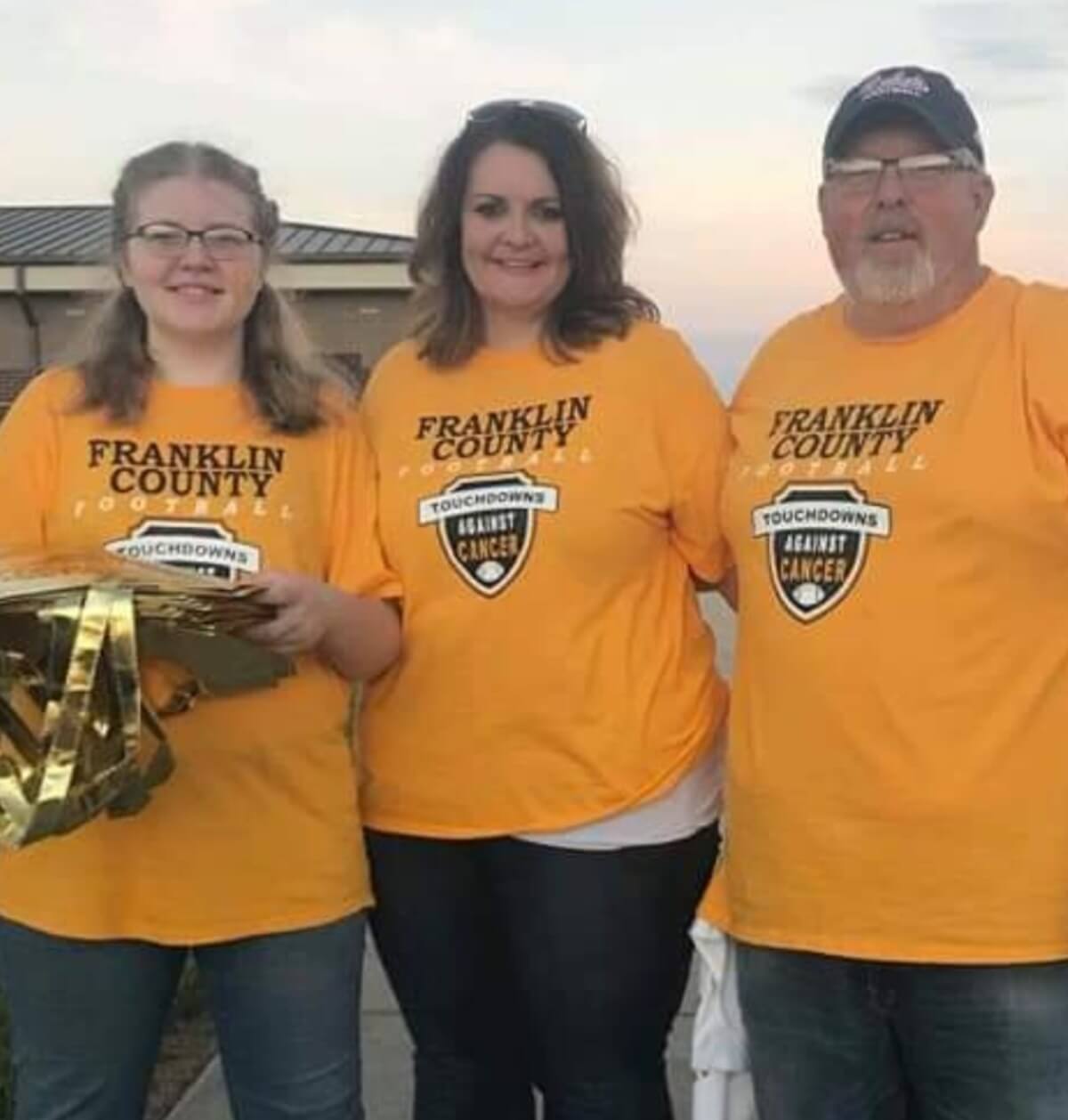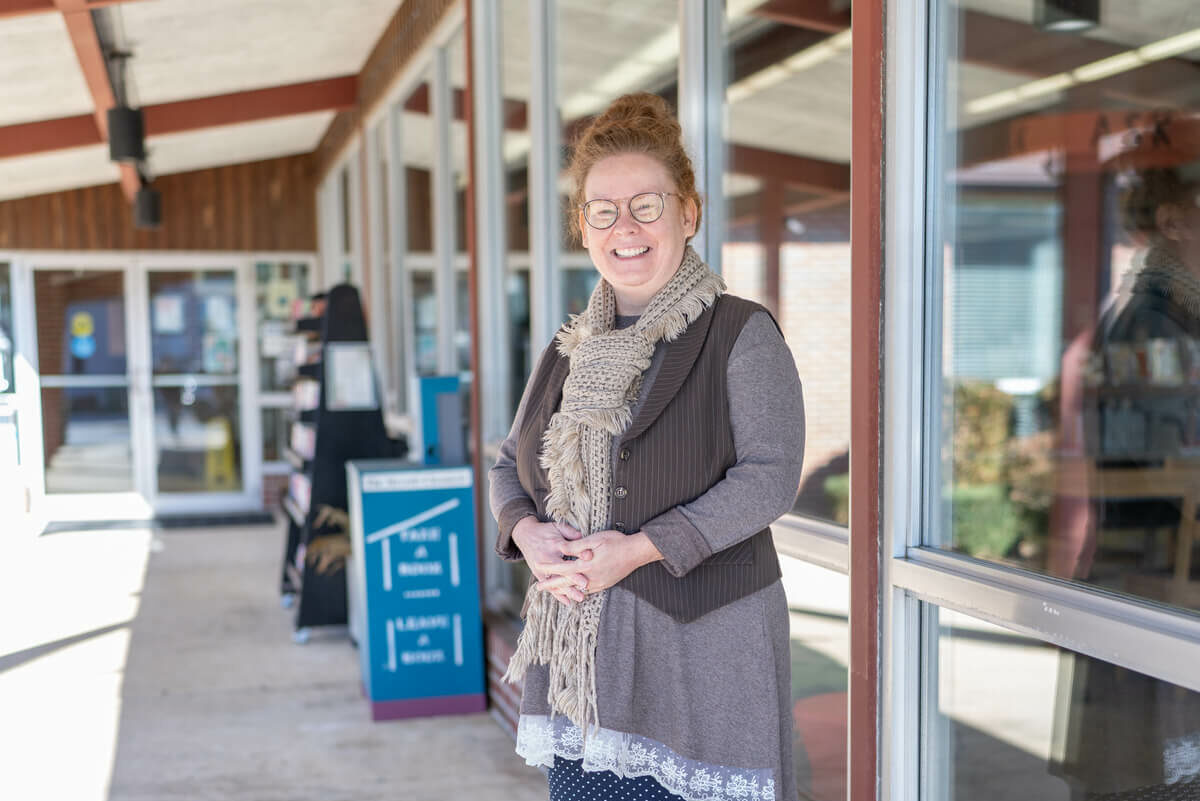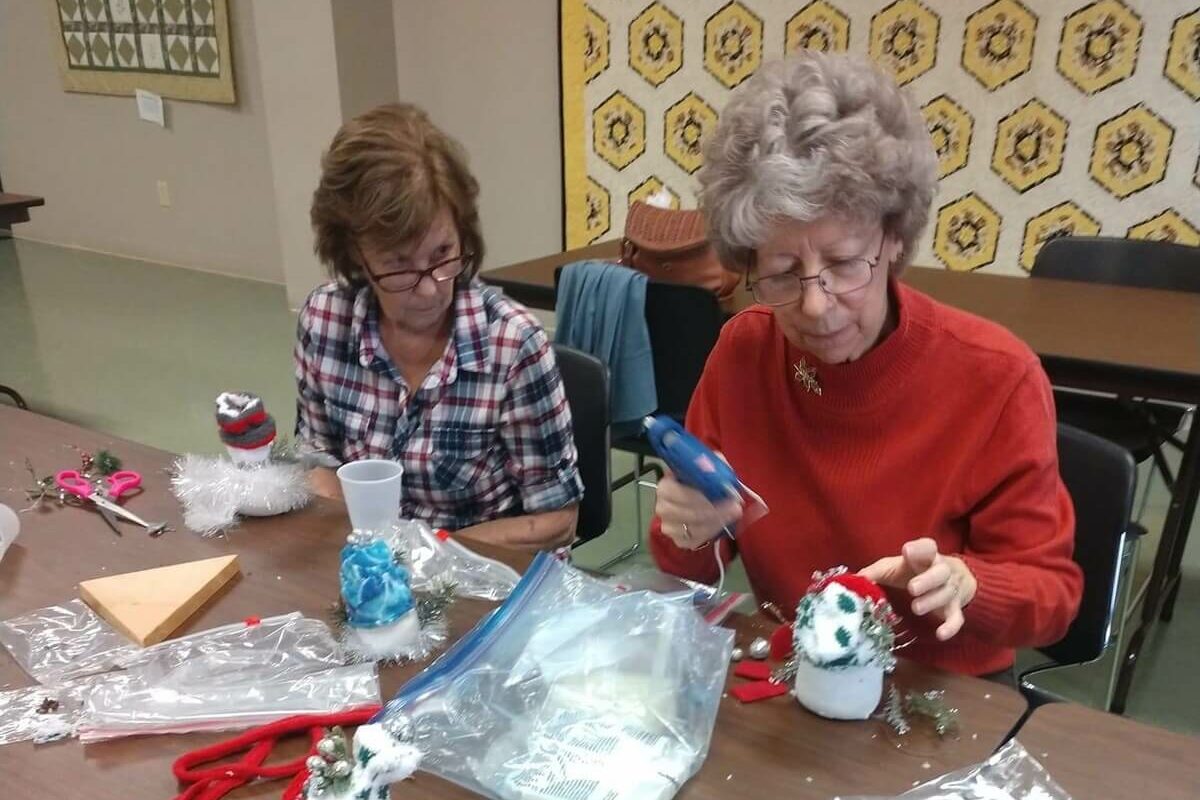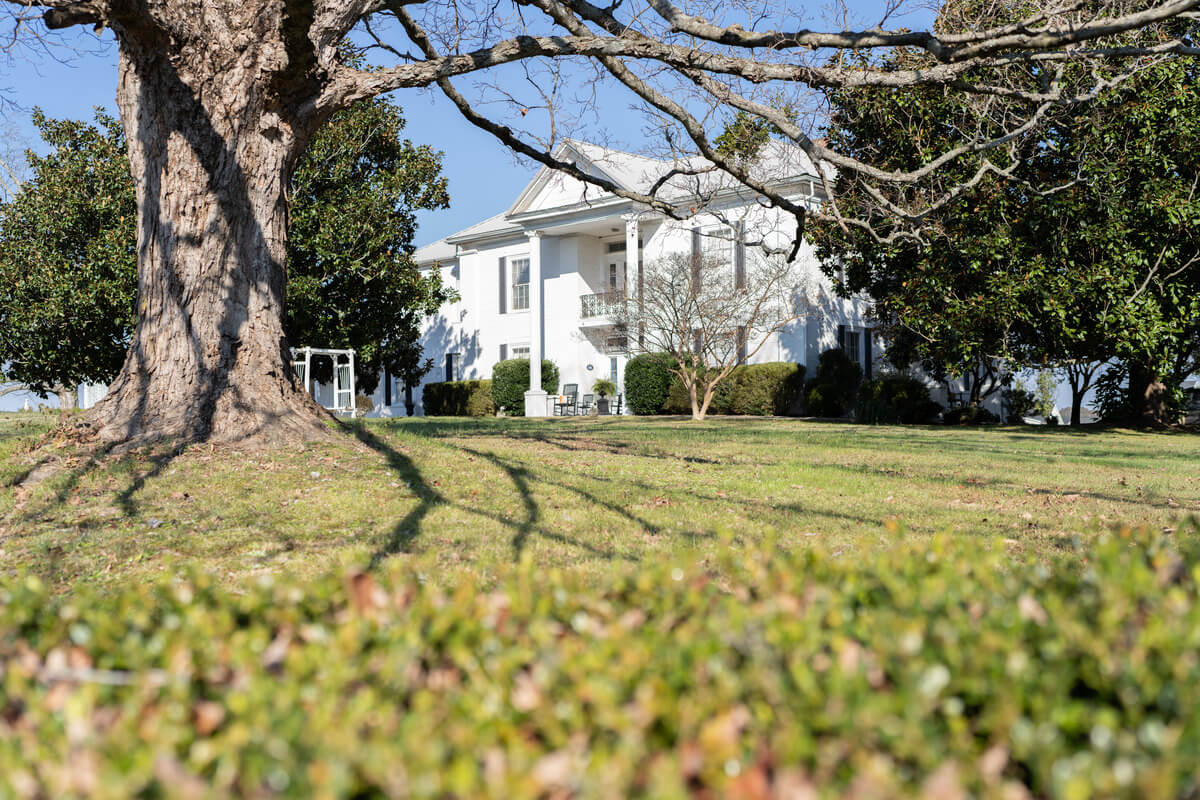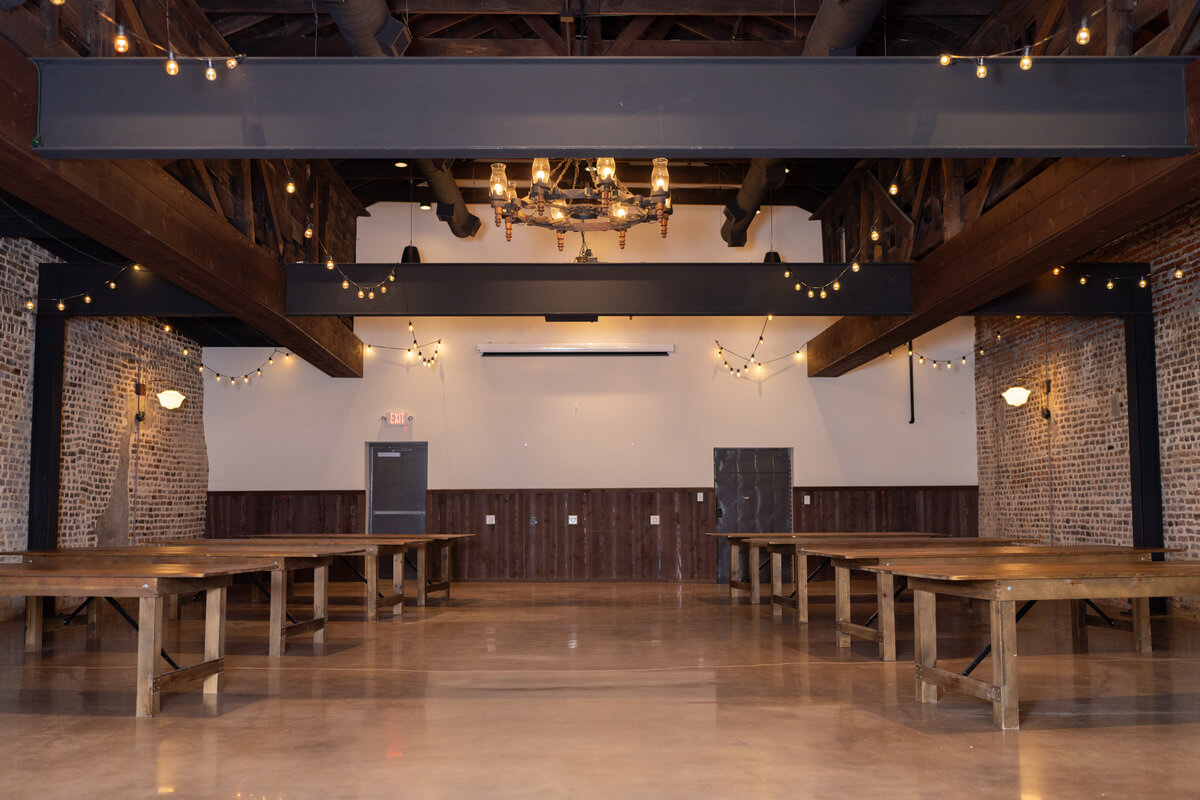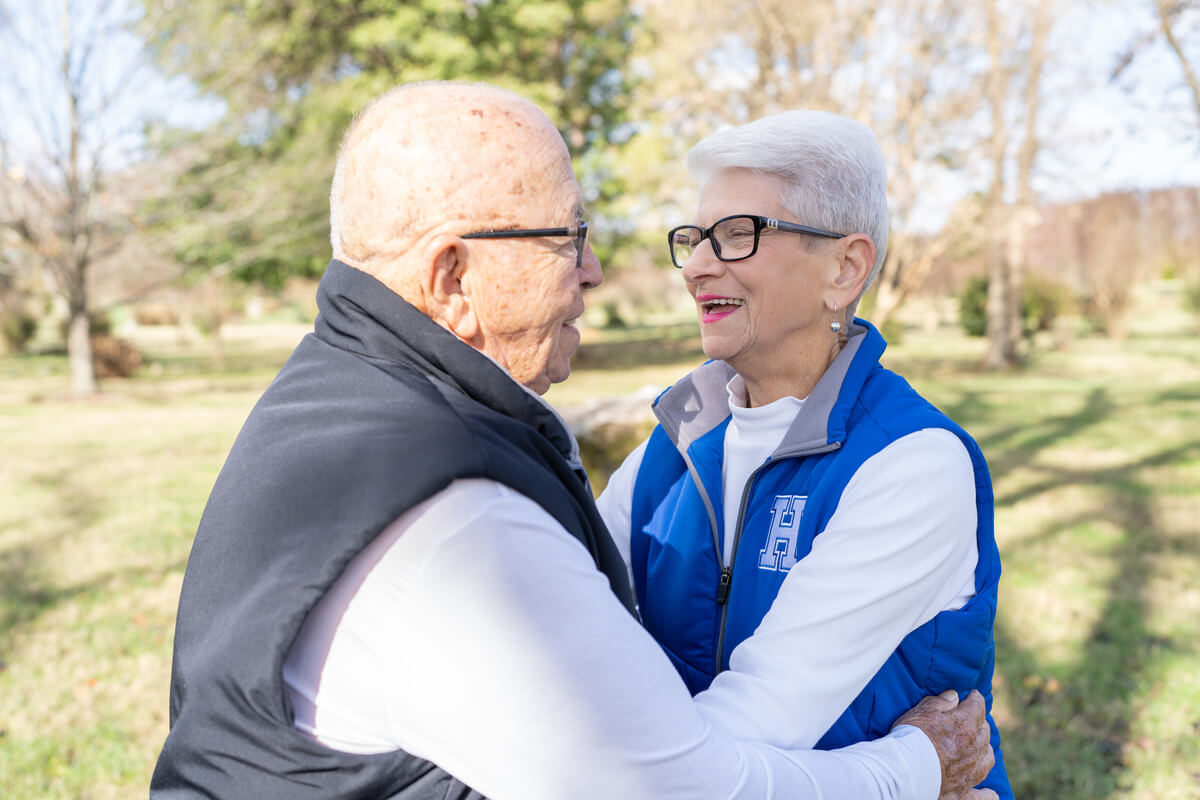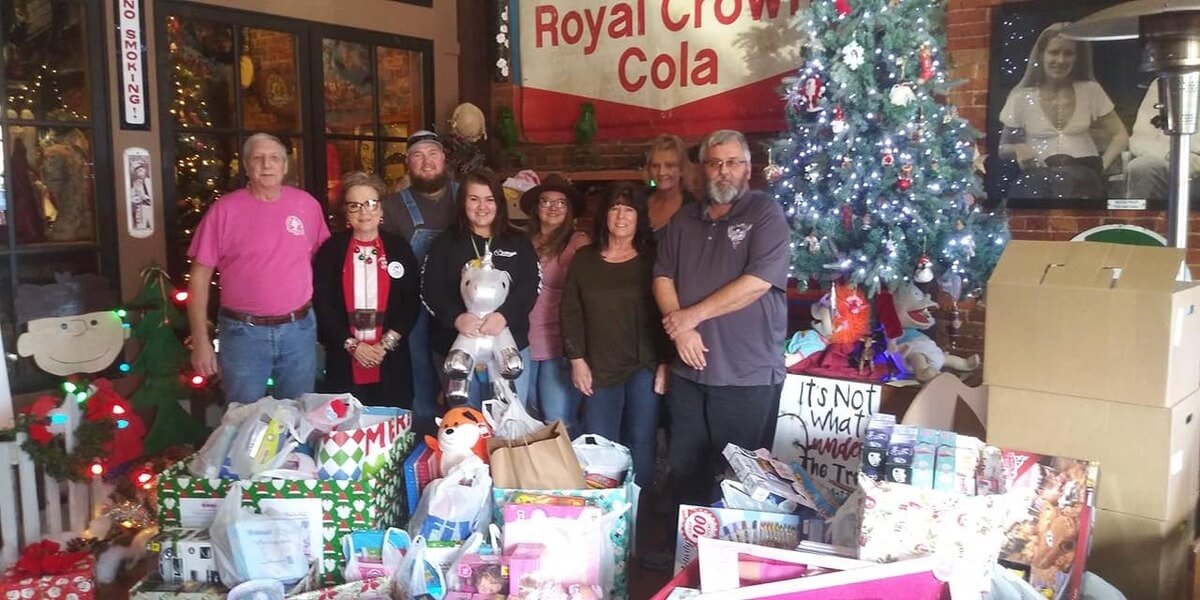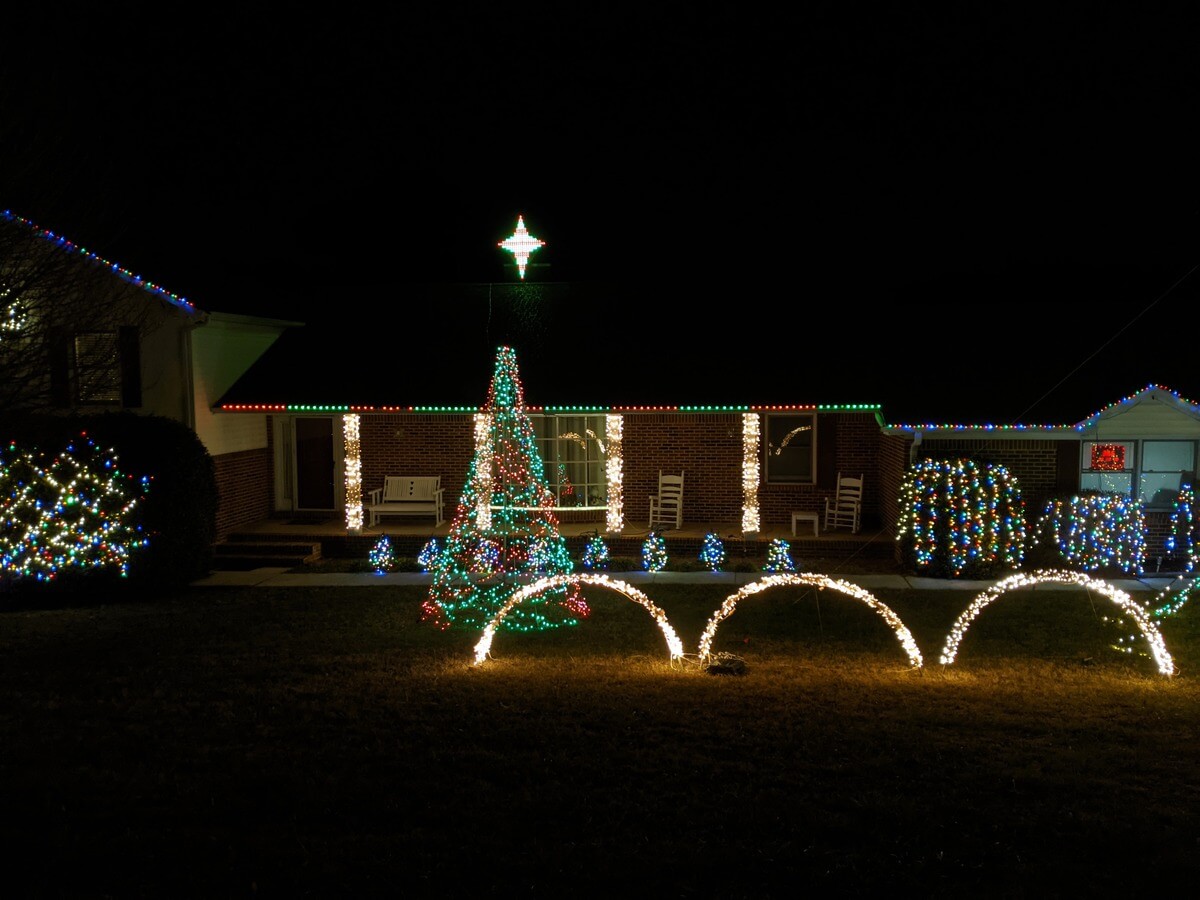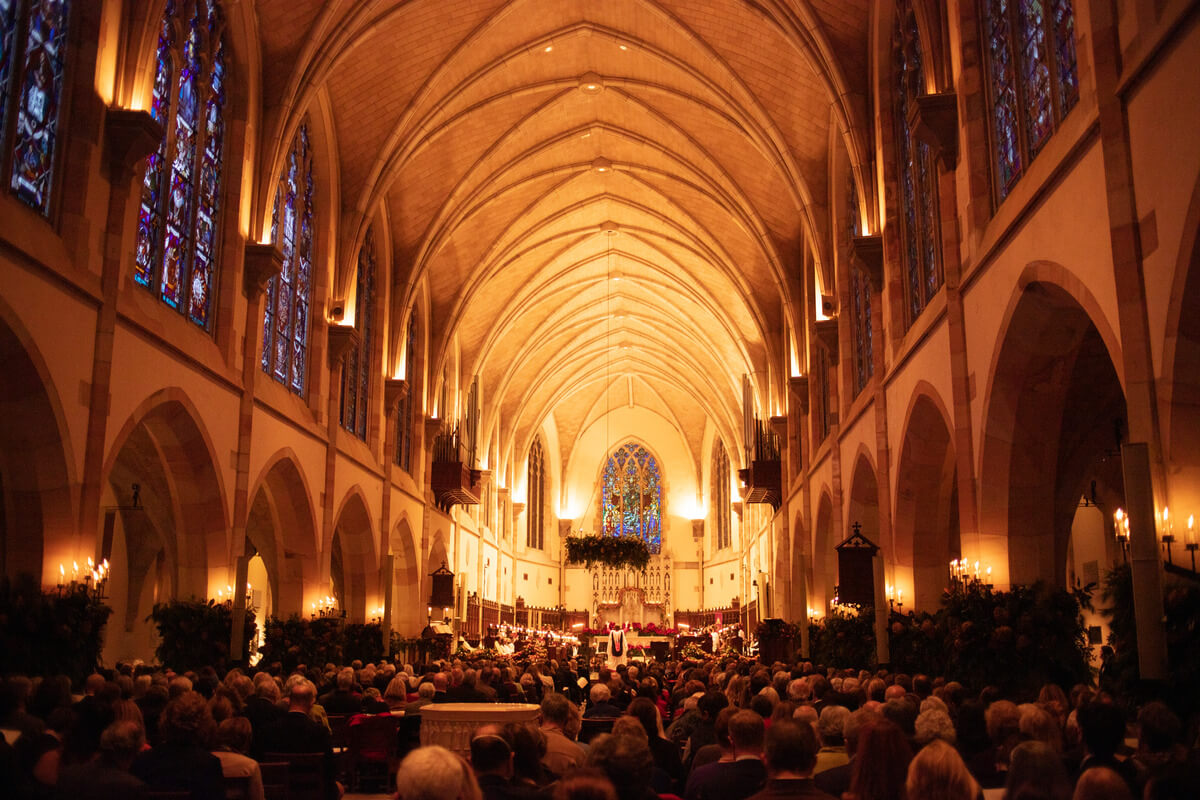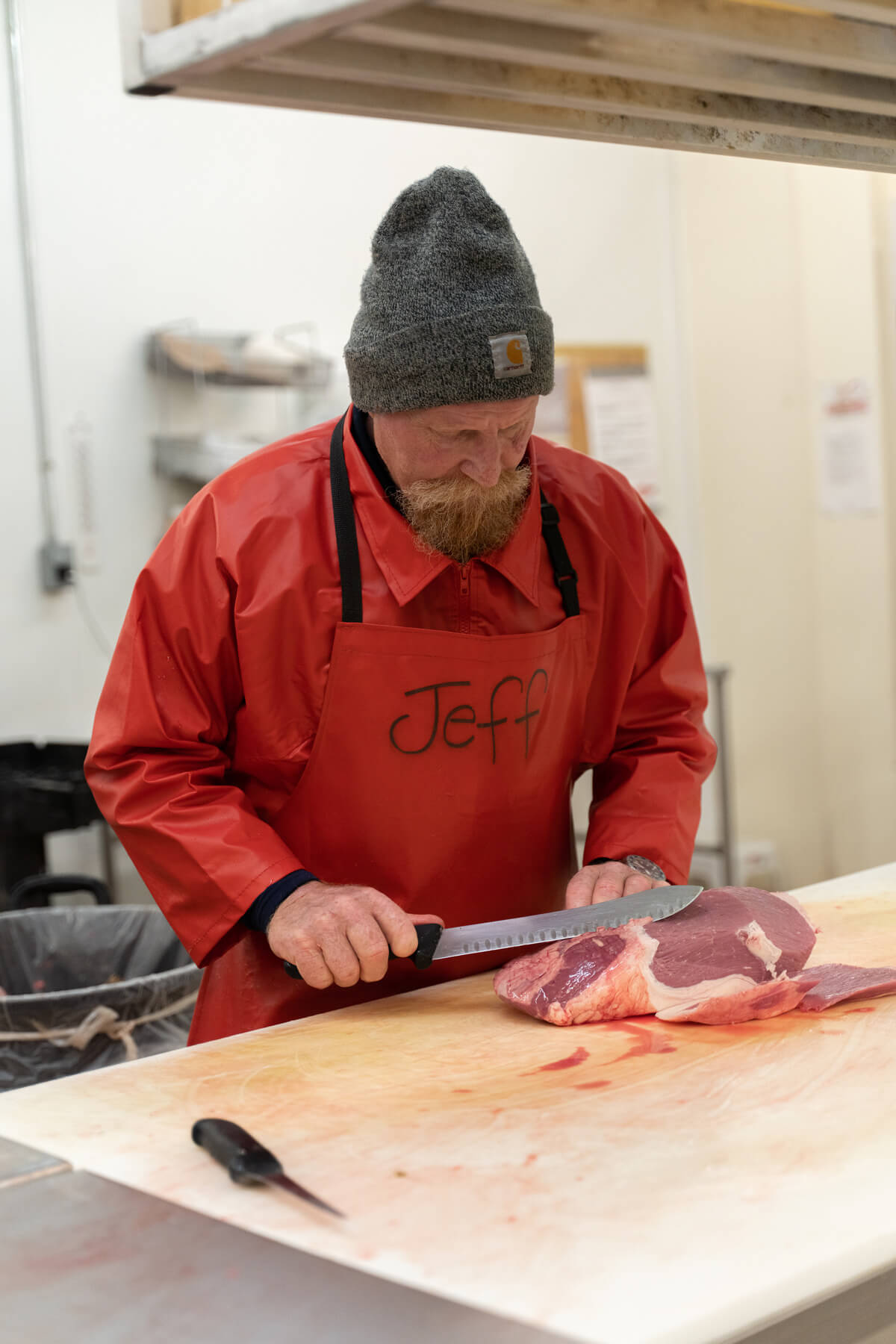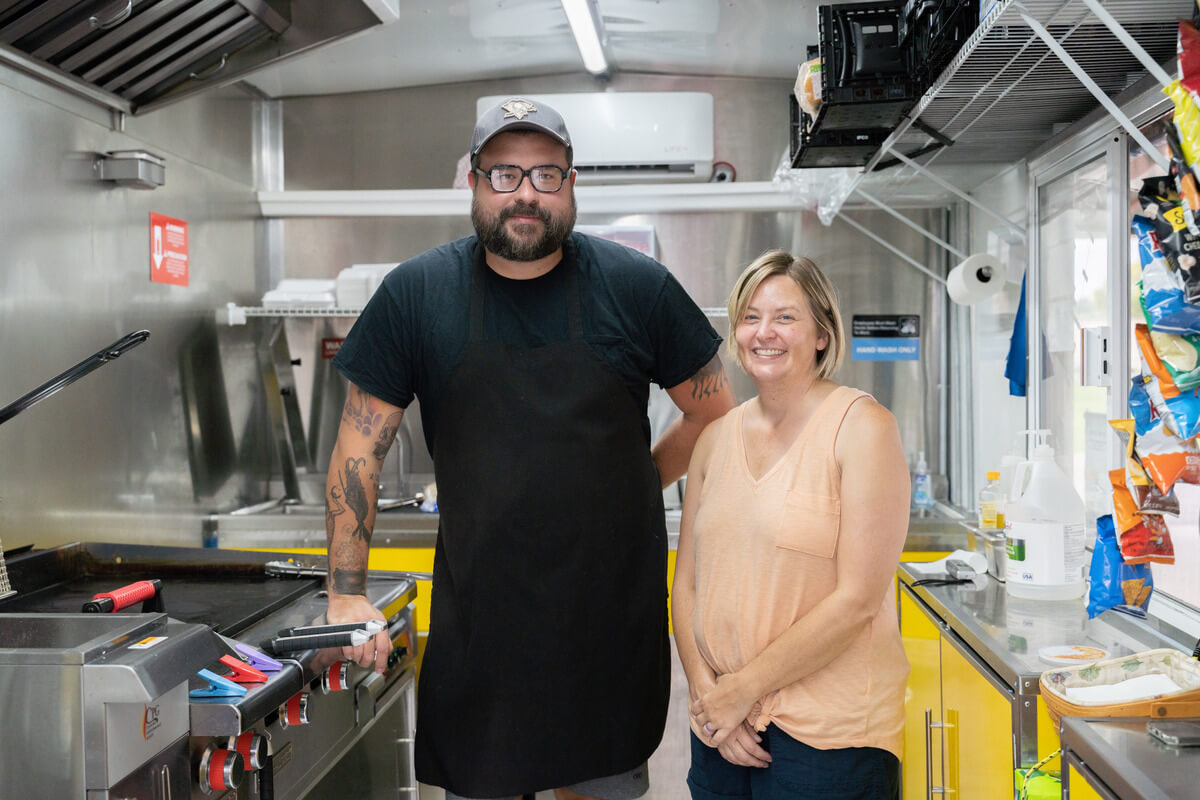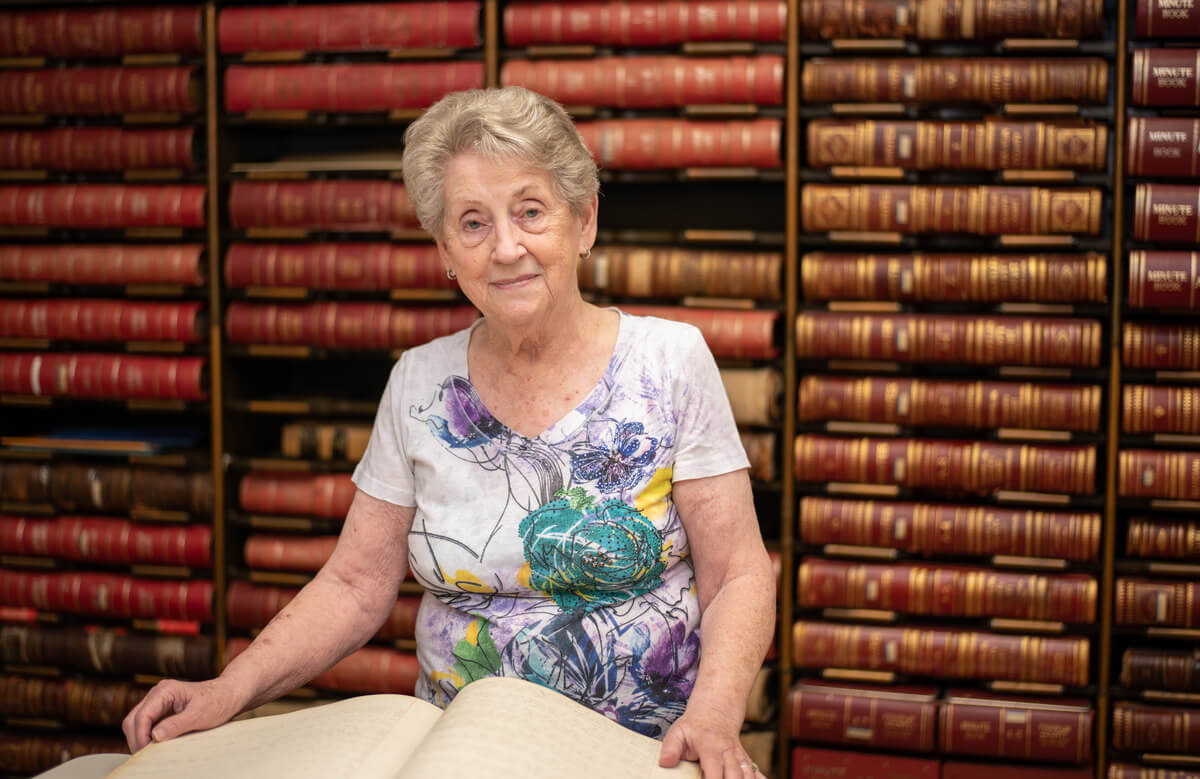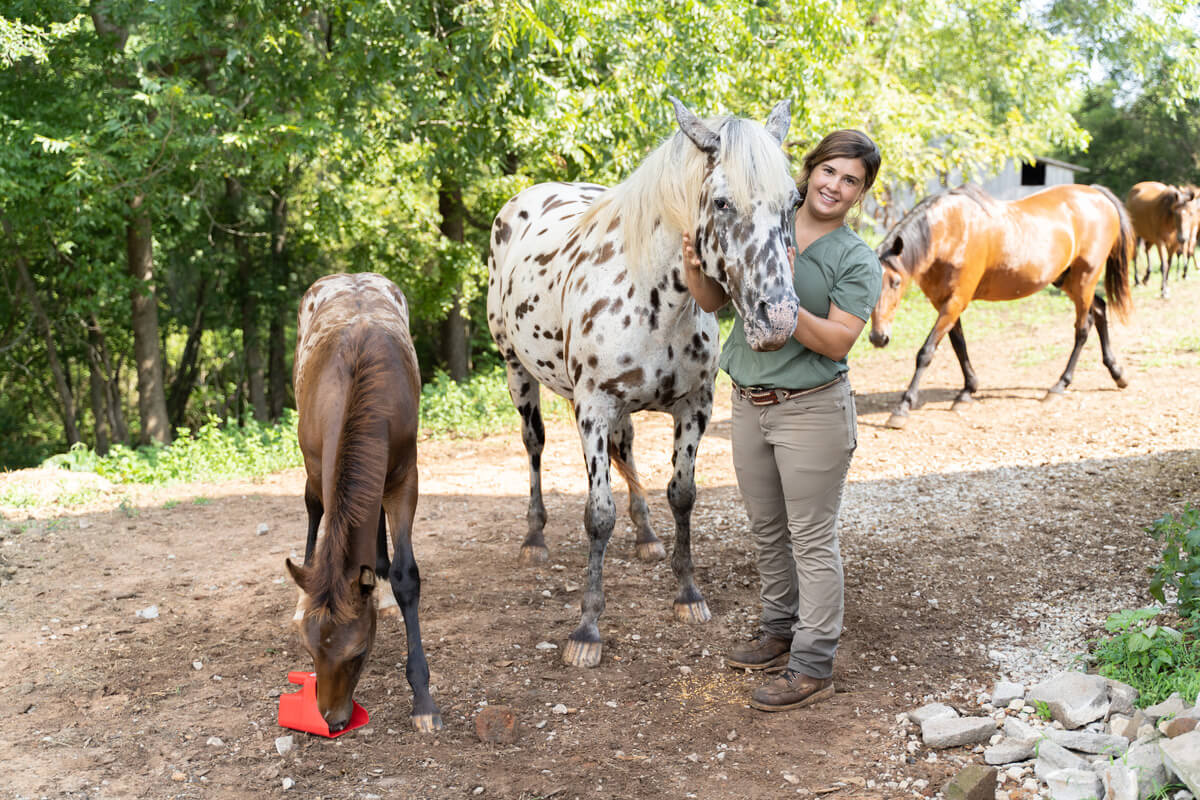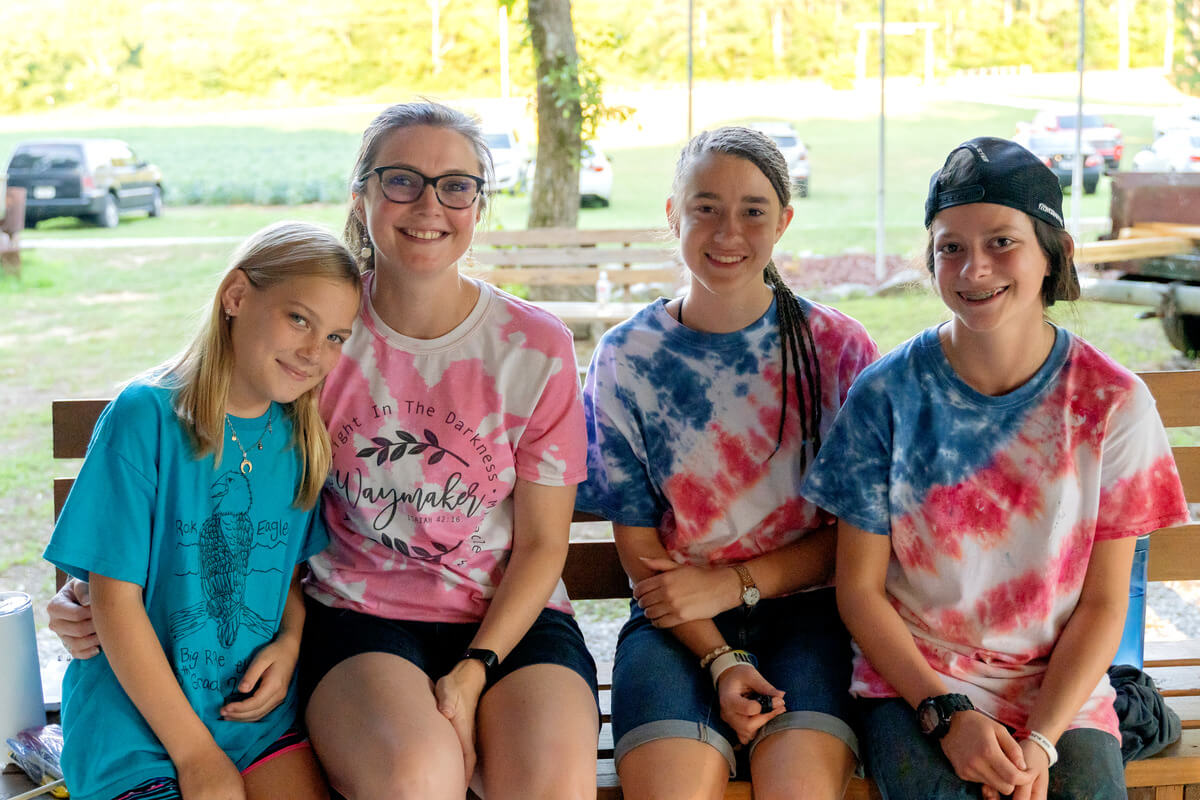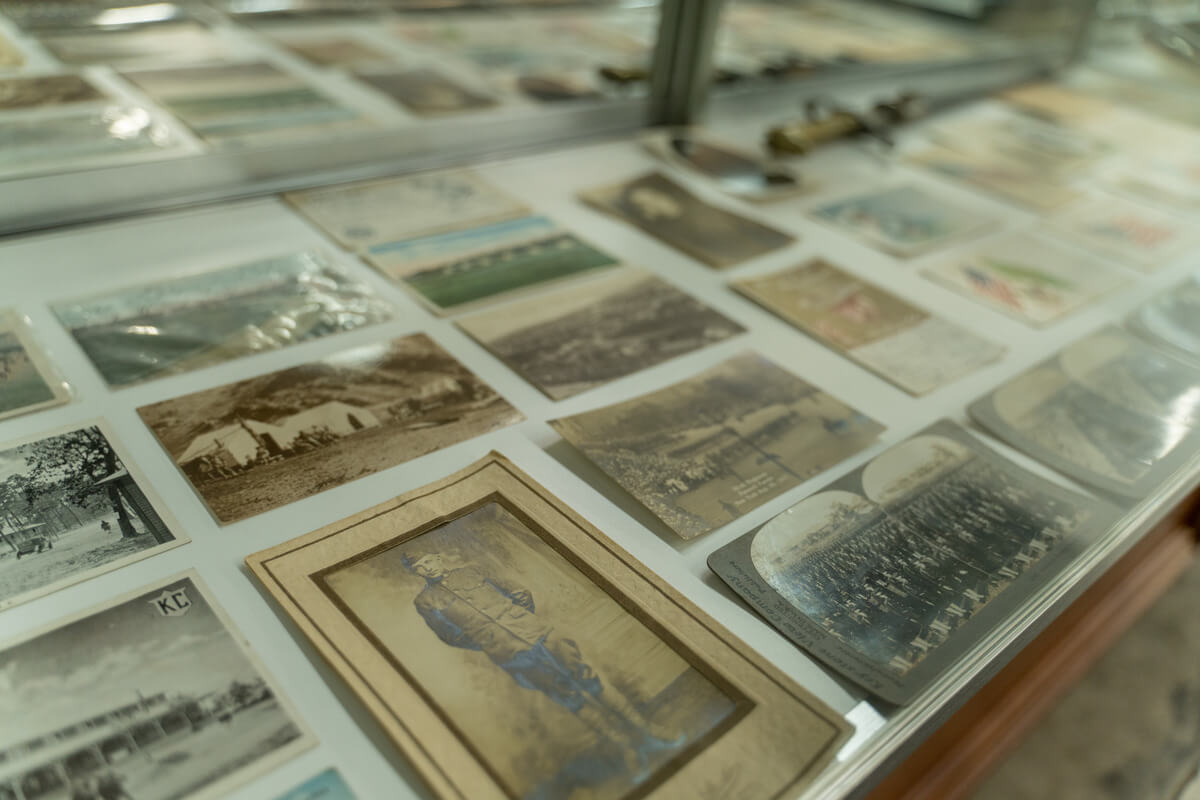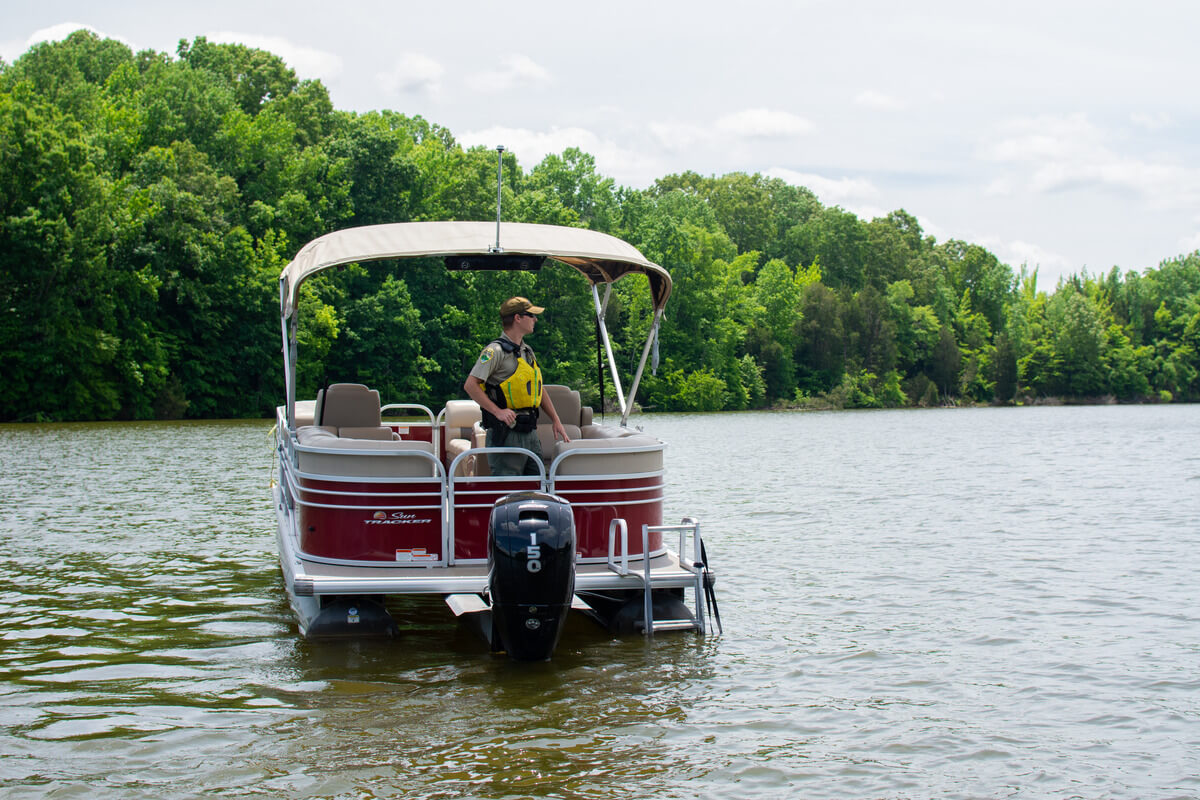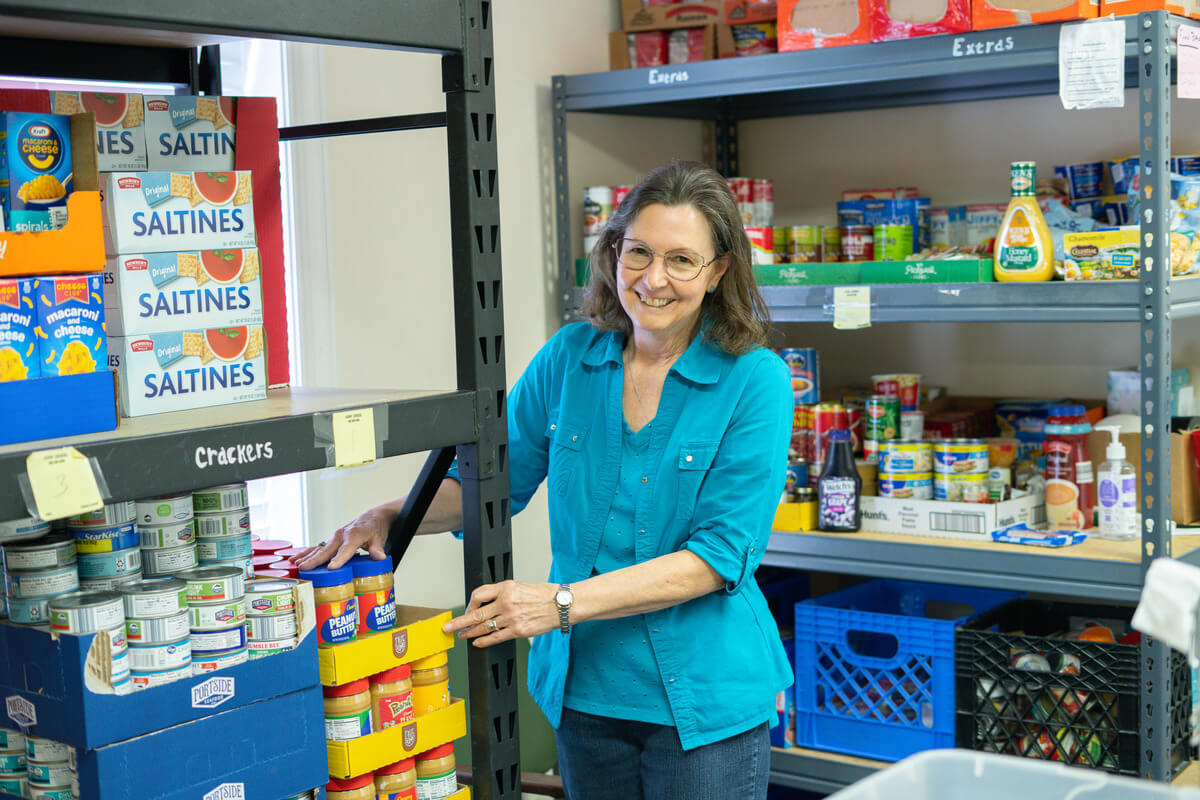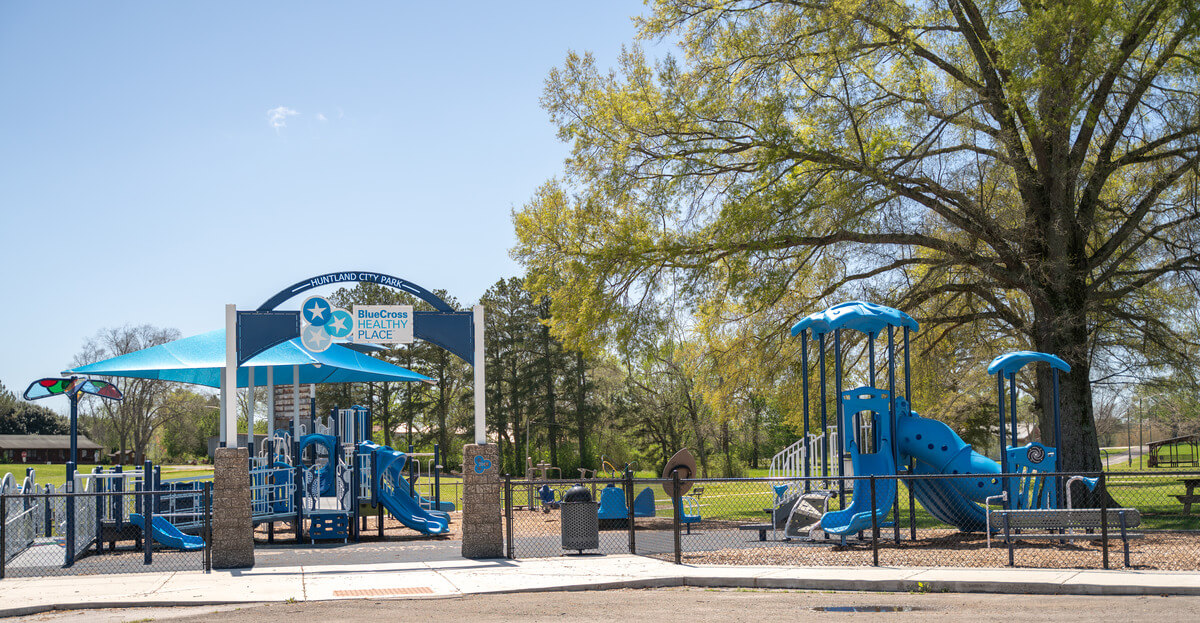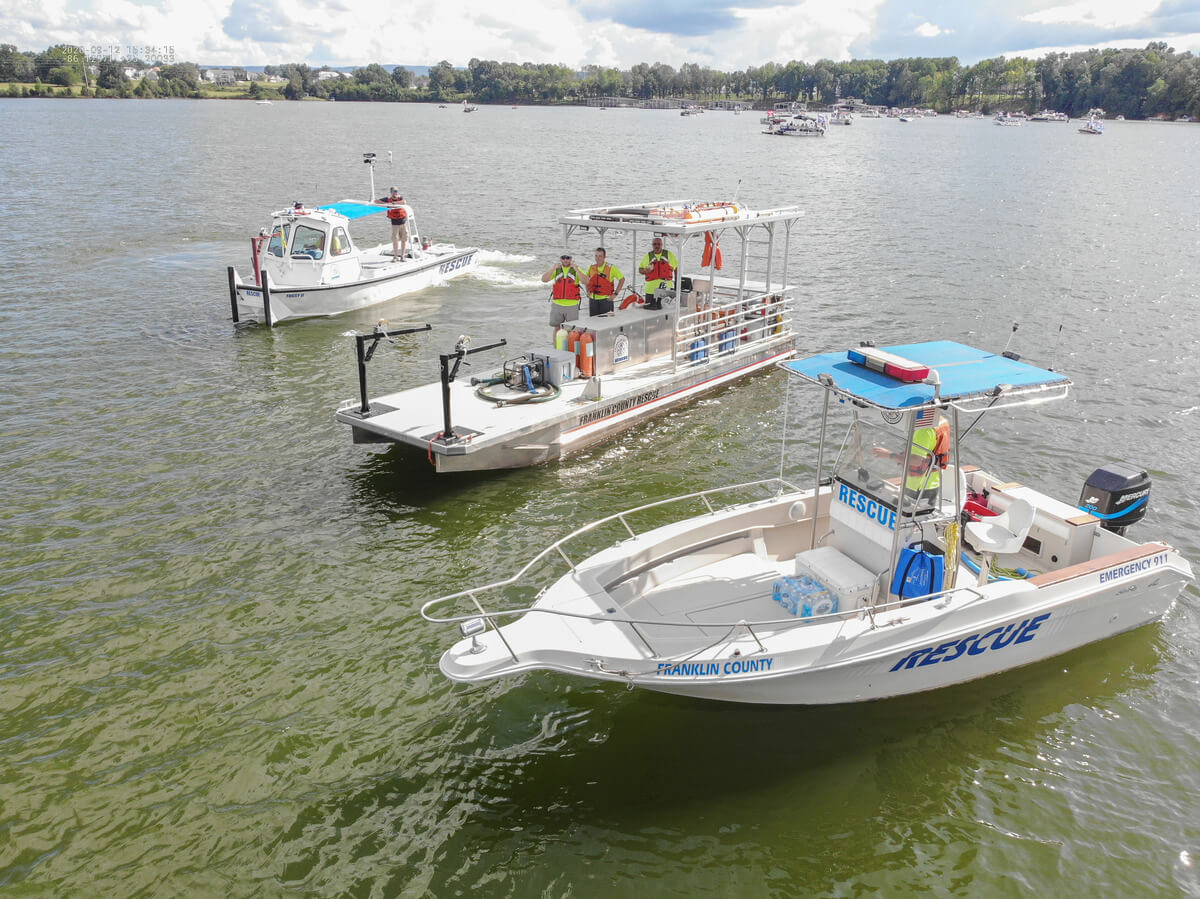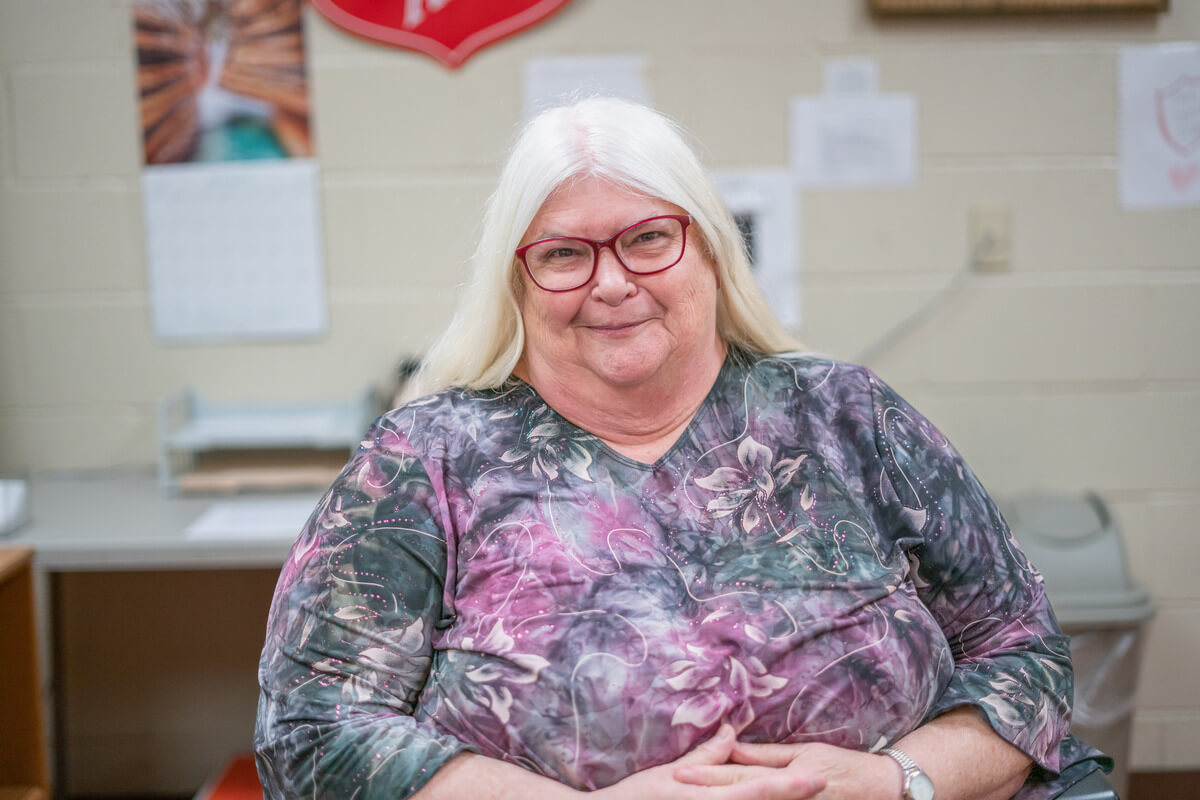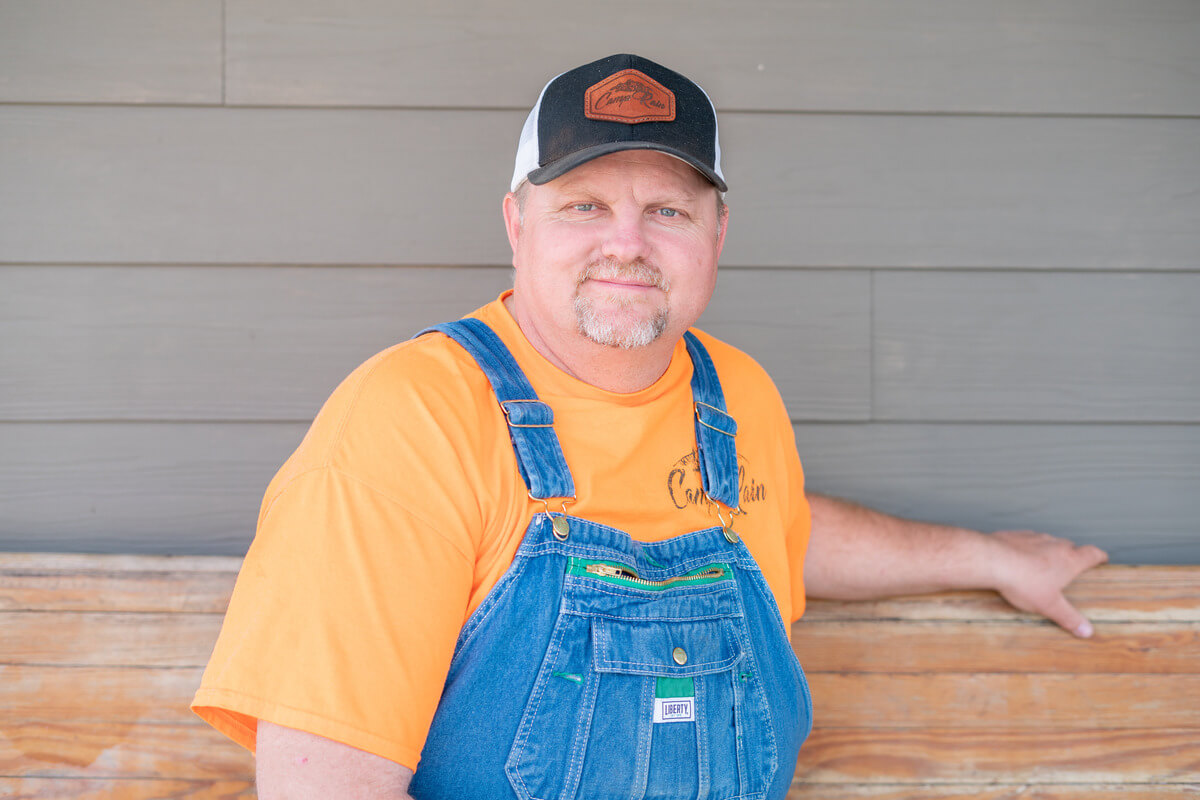IT’S ONE of the most identifiable signs of Americana. A five-pointed red star with a green “T” drawn in the middle of it, along with the word “Texaco” written across it. In 1903, a 19-year-old Italian refinery worker employed with what was then known as The Texas Gas Company suggested the star, which was also the symbol of Texas. He later added a green “T”. It was a color scheme that he picked up from the Italian flag.
Before adopting the logo, a company salesman spotted an abbreviation for the company in a telegram as “Texaco.” From there, The Texas Gas Company would officially adopt both the nickname and the logo.
Since its beginning, the Texaco name and symbol have become synonymous with America’s growth as they ventured out searching for new adventures via the open road.
Just as one crosses the railroad tracks in the small town of Cowan, you’ll see the iconic sites of a gas station straight out of the Golden Age of America—better known as the 1950s.
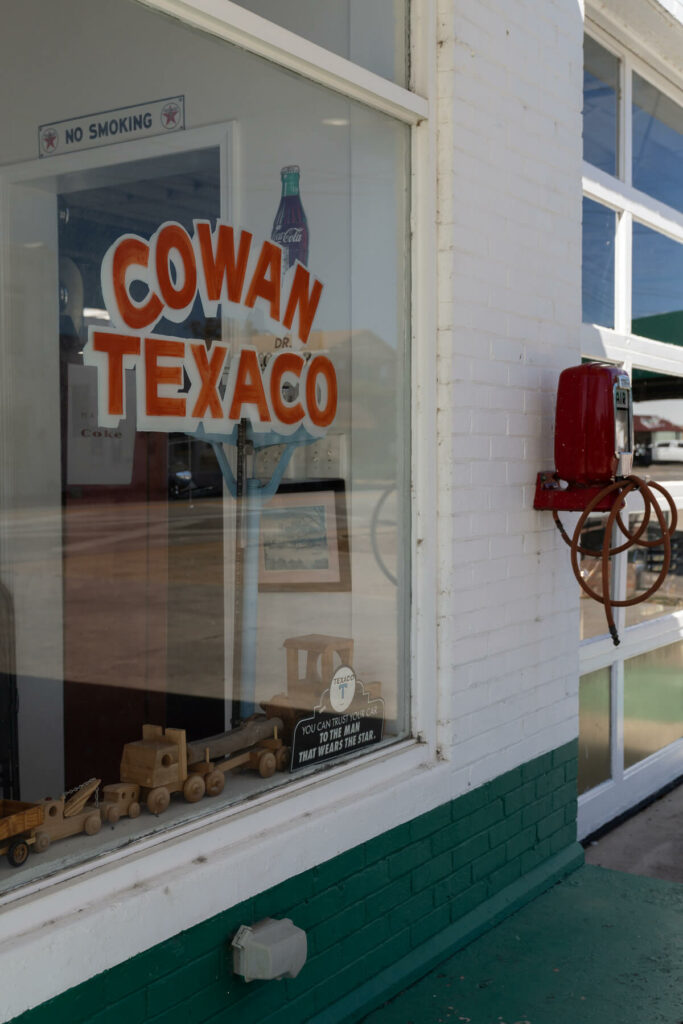
Known today as the Cowan Texaco, the station has been a part of the Cowan community since 1936.
Stations such as these were a huge turning point for the American traveler. Before filling stations, consumers bought gasoline from a barrel at the grocery or hardware store. But the new market for gas and consumer desire to buy more easily soon led to a landscape dotted with gas stations—more than 200,000 by 1935.
Although it doesn’t seem revolutionary now, gas stations were the first commercial buildings to be placed back from the street. The design accommodated cars without disrupting street traffic and eventually dominated the American retail landscape.
“The building started as a Texaco station and has [since] served as a Shell station and repair shop,” said Amanda Wiseman, office manager with the Cowan Development Company. “Cowan Development Company purchased the property in 2004 and restored it to its original configuration, opening it in 2006. Since that time, it has served primarily as a tourist stop.”
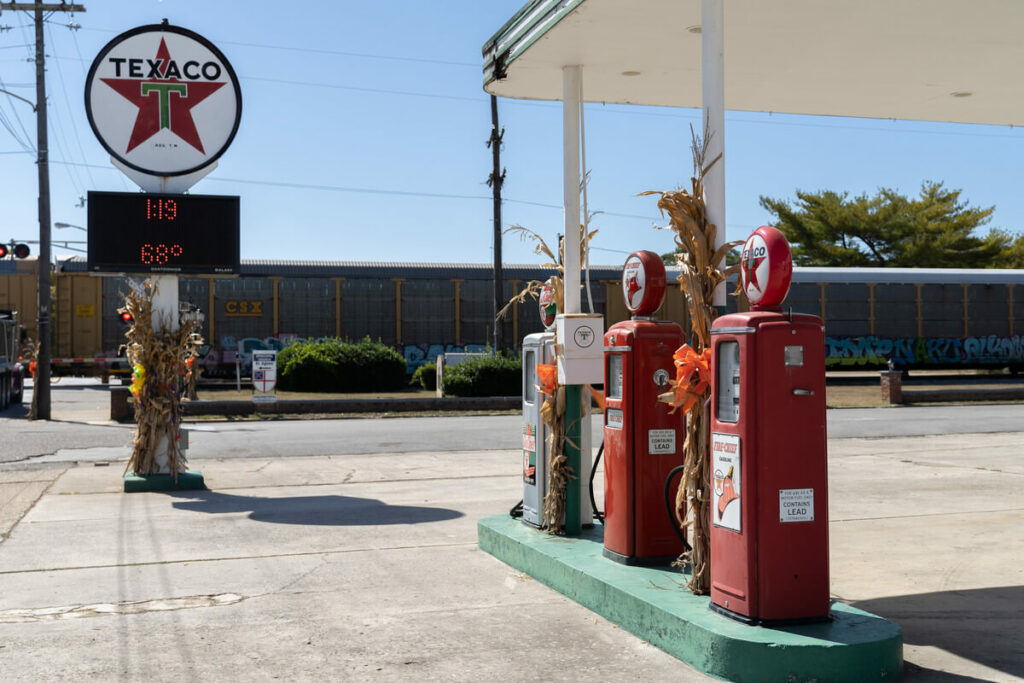
The vintage station has also been a backdrop for music videos, prom, and senior photos. It’s seen as a car repair or two, filling up automobiles for road trips, or just a cruise down the main street.
“Several bands, including Cowboys and Hippies, have used the building as a backdrop in music videos; Chevrolet used the station in a calendar photo,” said Wiseman. “It’s a great place to take prom, engagement, and senior pictures. Antique and classic car owners have also found it an ideal spot for a photo shoot.”
Wiseman stated that the Texaco station has also served as a gift shop, restaurant, and art gallery. At one time, the town’s public library had a residence there. Currently, the station also serves as home to a small portion of an impressive collection of historic and beautifully restored automobiles and memorabilia belonging to a local auto restorer, Leonard Brown, according to Wiseman.
“The addition of the collection was to its antique automobiles and memorabilia that fit perfectly with the setting of the station and to encourage tourism,” she said. “It’s a wonderful attraction for car lovers and history buffs. It serves the community as a tourist attraction bringing people from everywhere to enjoy. Tourism is a vital part of our area’s economy.”
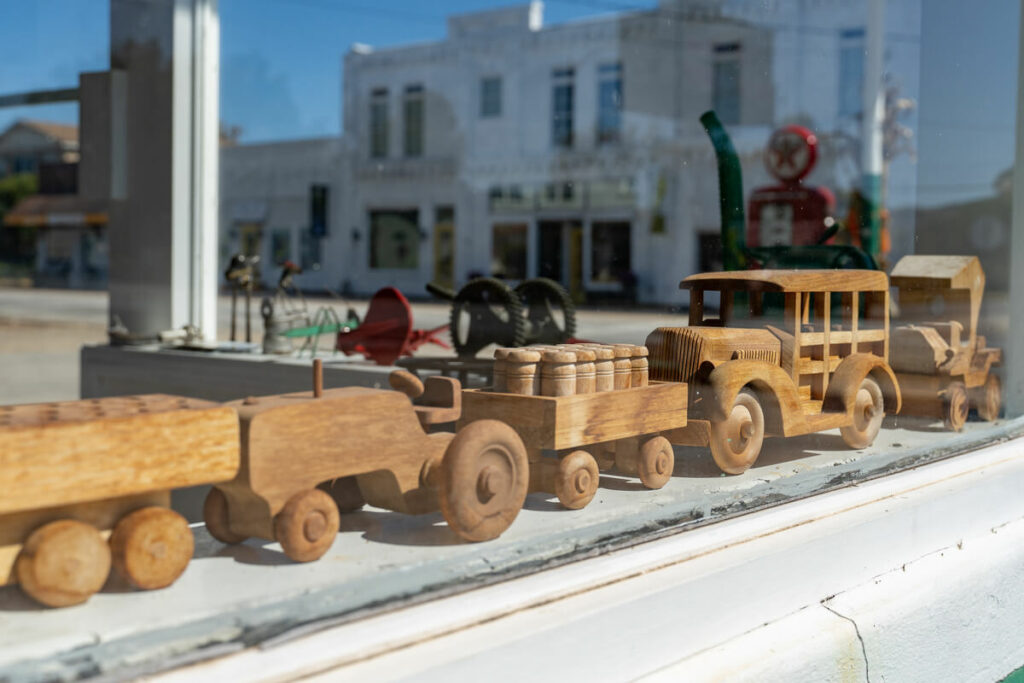
Cowan Mayor Mark Ledbetter said Texaco is integral to preserving the city’s history.
“These places serve as a snapshot of a place in time,” he said. “Many times, artifacts bring a more colorful and in-depth understanding than words alone. It is important to preserve our history for future generations to enjoy and learn from.”
Once you’ve finished, you’ve had a dose of nostalgia at the station. Ledbetter and Wiseman invite you to continue exploring the quaint city of Cowan, which is rich in nostalgia and history.
“We have several wonderful retail shops, the railroad museum, a boutique hotel, and six restaurants open in town, so make a day of your photo shoot and see all the beautiful opportunities Cowan has to offer. GN

